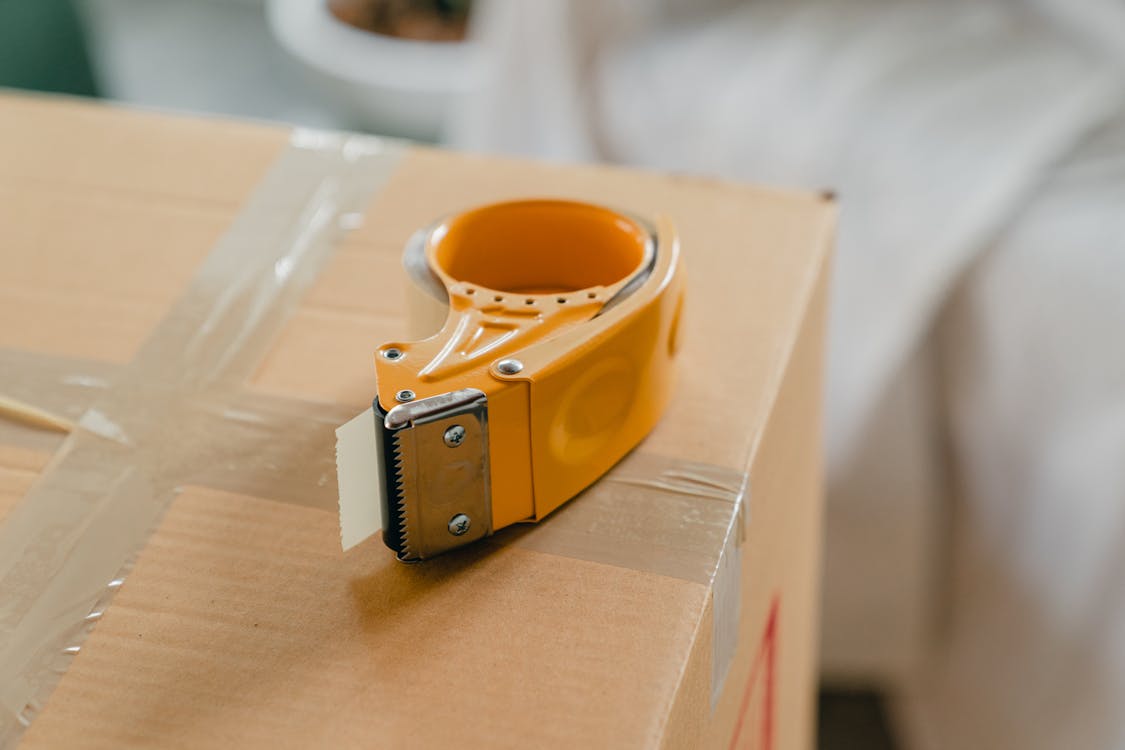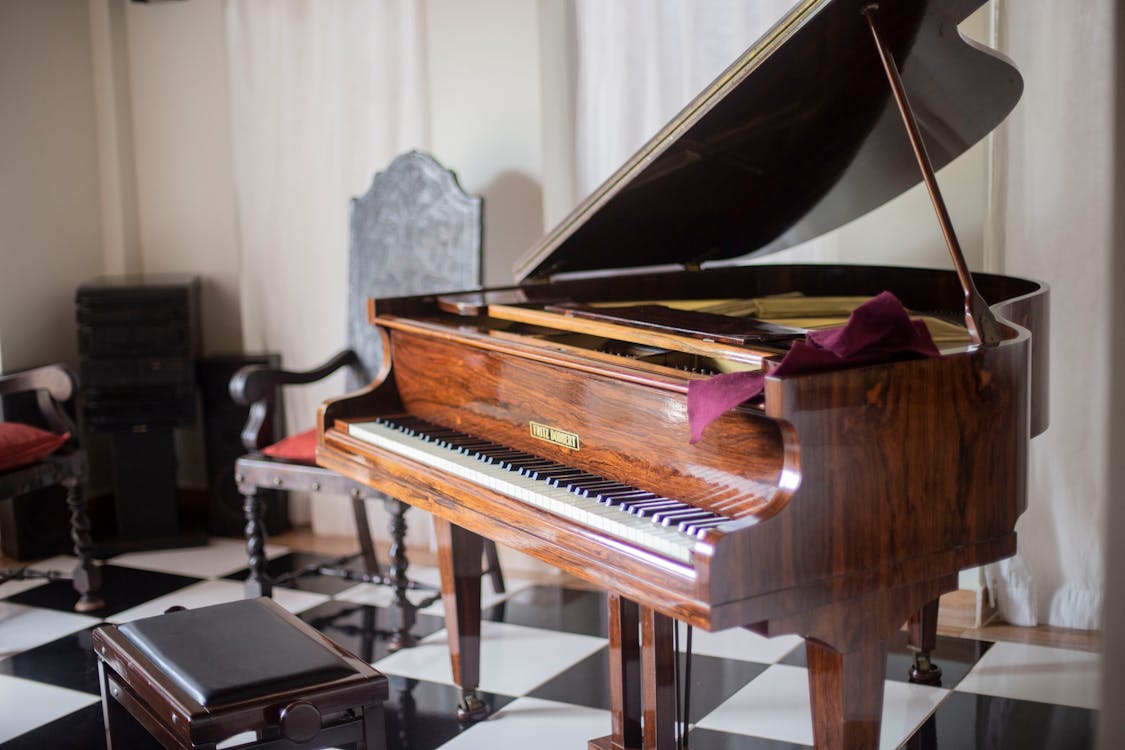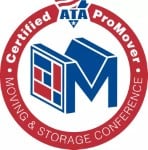With years of experience helping people to move their whole lives, we understand that pianos aren't just musical instruments; they're cherished pieces of art and sentimentality.
That’s why moving a piano can be one of the trickier parts of the moving process. It’s a task that demands finesse, expertise, and a deep understanding of the instrument's intricacies.
In this guide, we'll share our first-hand experience and offer valuable insights to ensure your piano is relocated with the utmost care.
Steps to Move a Piano
No two pianos are the same, and neither are the homes they inhabit. There are three primary types of pianos: Grand, Upright, and Electronic. An electronic piano is generally the easiest to move. Depending on the size of the piano, two to three people might even be able to carry it by hand (and/or load it in the back of a pickup truck, for example).
When it comes to more classical pianos, here’s a step-by-step breakdown of how to move one with relative ease:
Step 1: Assessing the Piano
Before we embark on the intricate process of moving a piano, our seasoned team at Oz Moving begins with a comprehensive assessment. Understanding the piano's size, weight, and any unique features is paramount. Pianos come in various shapes and sizes, and this knowledge is crucial in determining the best approach for a safe and successful move.
There will be some geometry and math involved — so get a tape measurer, pencil and paper, and start making notes. Meticulously examine the piano, determining its width, length, and height.
Step 2: Surveying the Locations
One of the keys to a seamless piano move is a thorough survey of both the current and new locations. Stairs, doorways, and potential obstacles all play a crucial role in planning a successful move.
So map out a moving route, considering every detail and ensuring that the piano can be maneuvered through tight spaces without any risk of damage. Measure all the doorways, hallways, staircases, and any other pathways you’ll need to use. Factor in any tight spots and tricky angles or corners (from public stairwells to elevators to your moving truck).
Remember that you’ll also likely have at least four people doing the actual move — so you want to have plenty of wiggle room. The last thing you want is to be stuck with a piano somewhere along the way because of a miscalculation.
Step 3: Get The Right Equipment
Once you have all the measurements, you’ll need the right tools. Make a list and stock up on:
- heavy grip work gloves;
- a piano dolly (aka piano trolley);
- moving straps (aka lifting straps or shoulder dolly);
- packing tape;
- ratchets and screwdrivers;
- a piano skid board.
NOTE: Your equipment and process will vary depending on the type of piano you have.
At Oz Moving, we come equipped with specialized tools designed specifically for piano moves. From heavy-duty lifting straps to precision-engineered dollies and protective padding, we spare no expense in ensuring the safety and security of your piano throughout the entire moving process. Don’t hesitate to reach out for a free quote.

Step 4: Create a Moving Strategy
Moving a piano is a meticulous task that demands a well-thought-out plan. Usually, it requires somewhat more time and energy than most other parts of your move.
We recently had a client who originally intended to move their grand piano on the same day as the rest of their belongings. However, we advised them that a separate, dedicated piano moving day would be necessary to ensure the process went smoothly.
Fortunately, they took our advice and we were able to move the piano with the utmost care and attention, even though it took a bit longer than originally planned. This extra time allowed us to give the piano the attention it deserved and the move was ultimately a success.
In any case, make sure that anyone who is helping you is available at the same time/day, and that they have enough heads-up. Set the date a few weeks in advance if possible, and give yourself at least a few hours for the move itself.
If you’re planning to move soon, see also our guide on how to plan a move.
Step 5: Enlist The Right Help
There are a few things you can do on your own, but you’re definitely going to need a few extra pairs of hands at some point. Remember that there may be a lot of variables involved — from heavy lifting to steep stairs, time constraints to street regulations, and so on.
Getting a piano down a flight of stairs is exactly what it sounds like — not easy. Not to mention getting a piano upstairs. So, while friends and family can be a great help, consider getting professional help. A professional moving company will have both the necessary equipment and the necessary experience to move a piano.
Step 6: Executing the Move
We've discovered that every piano is unique, and the approach to moving it will vary based on its type.
For example, some may require disassembly for a safe and smooth move. This step is approached with the utmost care and precision. Once disassembled, the piano needs to be packed using high-quality materials to ensure that every part is adequately protected during transit.
-
Moving An Upright Piano
Not only are upright pianos smaller than grand pianos, but they also have casters (aka wheels). This makes moving them a lot easier. Here’s what you’ll need to do:
- Make sure the keys are protected by covering and padding them with plenty of cloth, secure with tape;
- Remove the legs if you can (i.e., if there is no cross support and they are not attached to the base).
- Cover the piano on all sides with blankets/cloth — none of the lacquer should be exposed.
- Make sure the handles at the back are accessible — unless you’re using a piano board you’ll need these to carry the piano.
- Lift the piano up onto a dolly to tape blankets on the bottom.
- Use tape to secure all the blankets, and make sure that none of them are loose.
- Use cardboard or other padding to cover the pedals; secure with tape.
- Use a piano board to transport if necessary.
-
Moving A Grand Piano
Moving a grand piano is a bit more complicated, but the process is similar:
- You’ll need a piano board to move a grand piano, and at least two people to help.
- Put a blanket over the interior and under the wing/piano lid. Any wood-on-wood or lacquer-on-lacquer contact needs to be buffered by a protective cloth or blanket (including between the body and the top lid).
- Take off the music stand and move it separately if you can.
- Use a phillips or a socket head to take off the pedals. These should be connected to the piano via a rod that you can pull out of the bottom.
- Cover the keys with cloth/padding, close the key cover.
- There are two distinct sides on a grand piano - a flat side and a side with a curve. The first leg you need to remove is on the side of the piano with the curve.
- Tilt the flat side gently onto the piano board. Remove the remaining legs and wrap them in blankets separately, secure with tape.
- Cover the piano with blankets, secure with tape, and make sure nothing is loose.
Once at your final destination, follow the above steps in reverse. And heads up — you’ll likely need to re-tune your piano at your new home.

Step 7: Loading and Transportation
Loading a piano is a delicate dance that requires strength, skill, and coordination. Make sure all pathways are clear. Have your moving truck nearby and easily accessible. Communicate, take your time, and use common sense when lifting, carrying, loading, and unloading. Bend at the knees.
Depending on the piano, you can lay it down or lean it upright against the truck wall. Make sure that everything is secure and protected before you hit the road; strap down with ratchets if necessary. Be careful when opening the truck. And make sure you label and have a list of all the separate parts so nothing goes missing.
Step 8: Unloading and Setting Up
Arriving at the destination, the unloading process must be done with the same precision and care applied during the packing and loading.
If the piano was disassembled for the move, you need to meticulously unpack and reassemble it, ensuring that each component is returned to its original state.
When moving your piano to a new location, it is important to position it properly. For upright pianos, it is recommended to place them against an interior wall while avoiding direct sunlight and air vents. As for grand pianos, the straight edge should be placed against an interior wall, away from direct sunlight, windows, doors, and air vents. This will help keep your piano safe and in good condition.
The final step you should take is to hire a professional to clean and tune your piano. It's important to note that whenever a piano is moved, its delicate inner workings can shift. Therefore, it's advisable to wait a few weeks before scheduling the tuning so that the strings have time to fully settle and adjust to their new environment.
FAQ About Moving a Piano:
Can I Move A Piano By Myself?
While it is possible to move a piano by yourself, there is a possibility of damaging it or hurting yourself.
Moving a piano requires a lot of forethought, care, and attention to detail. Not to mention other logistics like the proper equipment, disassembly and assembly, a moving truck, and so on. And a piano is both heavy and delicate. So even if you get a few people to help, moving a piano is not the safest DIY project.
How Heavy Is A Piano?
The weight of the piano depends on the type. An upright piano usually weighs 300-500lbs, whereas a grand piano can weigh up to 1,200lbs (and be up to 9 feet in length). On average, a piano weighs around 750lbs, or 340kg.
What Is The Cheapest Way To Move A Piano?
The cheapest way to move a piano is to do as much prep and research on your own as possible, and then enlist the help of a professional moving company. Because while you might be able to manage with a few trusted friends, it’s better to be safe than sorry.
Can A Piano Be Laid Down To Move?
Yes, you can transport a piano laying down, upright (against the back wall of the truck, for example), or on its side in some cases. However, no matter the method you use — make sure to take extra care. If you lay a piano down to move, have it back upright as soon as possible.
How Do You Move A Piano Without Damaging It?
There are many delicate parts to a piano that can be damaged during a move. If you carefully follow all the steps above, your piano should arrive at your new home in one piece. And professional moving services will know how to make the process as fast, painless, and stress-free as possible.
Ready to Move Your Piano Safely?
In the world of piano moving, experience and attention to detail make all the difference. At Oz Moving, we pride ourselves on being experts in the field, backed by years of successful piano relocations.
As you consider relocating your piano, trust in our expertise, and let us handle the intricacies. Contact us today for a free quote. Your cherished instrument is in capable hands.








